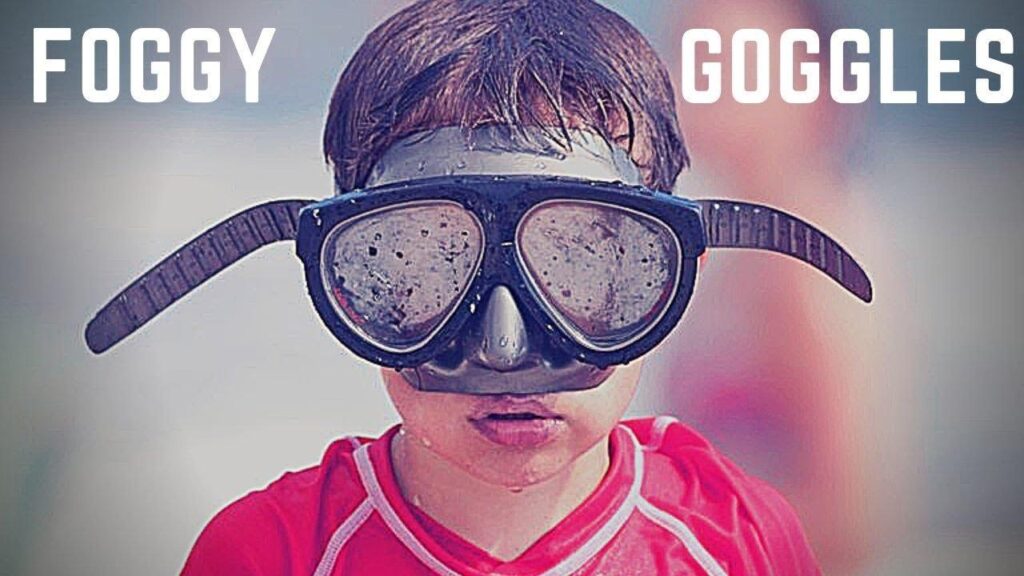Foggy goggles have long been a frustrating hazard for athletes, outdoor enthusiasts, and workers alike, compromising visibility and safety across a variety of activities. Whether battling steam in a chilly morning run or navigating humid environments on the job, fogged-up lenses can turn clear vision into a murky blur. Now, a range of innovative solutions is emerging to tackle this persistent problem head-on, promising users sharper sight and greater confidence in every moment behind the visor. In this article, we explore the latest advancements and practical tips designed to keep your goggles crystal clear, no matter the conditions.
Foggy Goggles and Safety Risks in Everyday Activities
When goggles fog up during routine tasks, the consequences can extend far beyond mere annoyance. Whether you’re cycling through busy streets, working in a chemical lab, or simply cooking in a steamy kitchen, obscured vision significantly raises the risk of accidents. Reduced visibility impairs depth perception and reaction time, potentially leading to slips, falls, or collisions that might cause serious injury. Even in controlled environments, such as manufacturing or construction sites, foggy lenses compromise the very purpose of protective eyewear, undermining safety protocols designed to keep workers secure.
Several everyday activities increase the likelihood of fogging and the associated hazards:
- Wearing face masks combined with prescription or safety goggles
- Transitioning between cold outdoor air and warm indoor environments
- Performing physical exertion that raises body temperature and perspiration
- Exposure to steam or humidity, especially in kitchens and bathrooms
| Activity | Common Fog Sources | Safety Concerns |
|---|---|---|
| Cycling | Breath moisture, temperature changes | Impaired traffic awareness |
| Laboratory Work | Humidity, chemical vapors | Exposure to hazardous substances |
| Cooking | Steam, heat | Burns, cuts |
Innovative Anti-Fog Technologies Changing the Game
Advancements in anti-fog technology are revolutionizing how we approach foggy lenses, helmets, and goggles across various industries. From cutting-edge coatings to state-of-the-art ventilation systems, manufacturers are deploying smart solutions that dramatically reduce moisture build-up and enhance visibility. For example, hydrophilic coatings absorb water molecules evenly across the surface, preventing the formation of tiny water droplets that cause fog. Meanwhile, innovative micro-ventilation designs allow controlled airflow, maintaining optimal lens temperature and reducing condensation without sacrificing protection.
Additionally, embedded nanotechnology is making waves by offering durability and long-lasting clarity where traditional methods fall short. These technologies are not only transforming sports eyewear but also critical equipment for healthcare professionals, motorcyclists, and industrial workers. Below is a quick comparison of some key anti-fog solutions currently changing the market:
| Technology | Primary Benefit | Ideal Use |
|---|---|---|
| Hydrophilic Coatings | Even moisture absorption | Sports goggles, ski masks |
| Micro-Ventilation | Temperature regulation | Motorcycle helmets, safety glasses |
| Nanotechnology Layers | Durability & long-lasting clarity | Medical masks, industrial eyewear |
| Anti-fog Sprays & Wipes | Quick application & portability | Everyday glasses, scuba masks |
Expert Tips to Keep Your Vision Clear in Any Condition
Maintaining crystal-clear vision when your goggles fog up can turn a frustrating day into an enjoyable one. Start by choosing goggles with anti-fog coatings; these coatings create a hydrophilic layer that absorbs moisture and prevents condensation buildup. Additionally, applying anti-fog sprays or wipes before hitting the slopes or engaging in water sports adds a protective barrier against fog. Don’t underestimate the value of proper ventilation-opt for goggles with well-designed vents that encourage airflow, reducing humidity inside the lens. For the best results, keep your goggles dry when off use and avoid wiping the inside with your fingers, which can strip away the anti-fog layers.
Simple behavioral habits can also make a major difference. Avoid wearing your goggles on extremely humid days without preparation, or place a thin face mask or scarf inside your helmet to direct breath downward. When gear is wet, remove and air-dry it thoroughly, as trapped moisture is the main culprit of fog. Below is a quick reference to understand which method is most effective depending on your activity:
| Activity | Recommended Tip | Effectiveness |
|---|---|---|
| Skiing/Snowboarding | Ventilated goggles + anti-fog spray | High |
| Swimming/Diving | Anti-fog wipes + rinse with fresh water | Medium |
| Motorcycling | Pinlock lenses + airflow vents | High |
| Everyday Use | Keep dry + avoid touching lens interior | Medium |
Future Outlook
In an era where clear vision is essential for safety and comfort, foggy goggles no longer have to cloud your experience. With innovative solutions now readily available, from advanced anti-fog coatings to practical DIY methods, users can enjoy uninterrupted clarity in any condition. As these technologies continue to evolve, staying informed and equipped will ensure that foggy lenses become a thing of the past. Stay tuned for the latest updates and expert tips to keep your vision crystal clear, no matter where your next adventure takes you.





